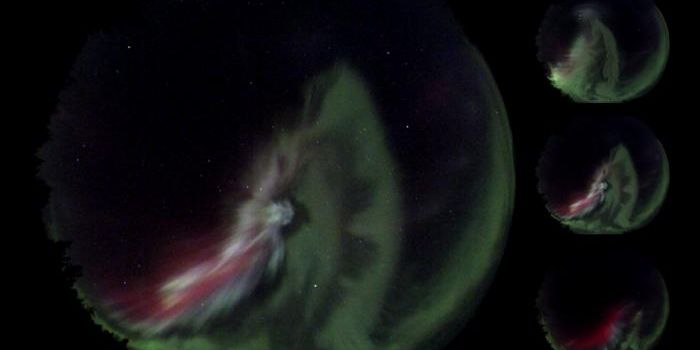Fish bones push evidence of human cooking back 600,000 years
“I believe the transformative moment that gave rise to the genus Homo, one of the great transitions in the history of life, stemmed from the control of fire and the advent of cooked meals” wrote Richard Wrangham in his 2009 book Catching Fire: How Cooking Made Us Human. While, as with any major theory, some disagreement remains, cooking is nevertheless regarded as a key element in the evolutionary success of humans. We are, after all, the only genus that has been known to cook our food.
While the dawn of intentional cooking remains elusive, there is evidence for cooking by Neandertals and early humans around 170,000 years ago. Although there are other evidences of controlled fire, it is difficult for researchers to determine whether it was used for warmth or for cooking.
A new study published in Nature Ecology and Evolution recently reported that the Middle Pleistocene site of Gesher Benot Ya’aqov in Israel has evidence of hearth-related activities attributed to hominins, though also preserves freshwater fish remains. This would mean that the origins of intentional cooking could be pushed back by about 600,000 years.
The site is located near the Jordan River, which was once home to a lake and would have had many ancient freshwater fish living in it. A taphonomic and isotopic analysis of the site showed major differences in fish bone assemblages throughout the layers. One layer exhibited low fish species richness where two main fishes—species belonging to the Cyprinidae, or minnow and carp, family—were present. The fish belong to two particularly large species (about 6.5 feet long) suggesting that they may have been specifically chosen because they have more succulent meat.
In these assemblages, a very high percentage of pharyngeal teeth were found (over 95%) compared to a very low percentage of fish bones. When exposed to temperatures under 930F, fish bones soften and then disintegrate though teeth tend to remain. In the same area, burned flints were present, indicating that it may have been used as a fireplace. Taken together, this suggests the fish were likely cooked.
More evidence came during analysis of the tooth enamel, where the team investigated how heating changes the structure of the enamel. The found that the teeth from the Gesher Benot Ya’aqov site were probably exposed to heat between 400 and 930F—well in the range for cooked fish.
It has long been argued that having the skills to cook shows a deep understanding of the environment, though also is an advanced behavior which points to significant evolutionary advances in humans. Eating cooked food also requires less energy, as food is already broken down, allowing for metabolic energy to be used elsewhere. This study contributes to the growing knowledge of how human behaviors contributed to our evolution, and, more importantly, pushes back the origins of cooking to 780,000 years ago.
Sources: Catching Fire: How Cooking Made Us Human, Nature Ecology and Evolution, The Guardian, Phys.org









